Years of service 1843–1867 Rank Major-general | Name Frederick Steele | |
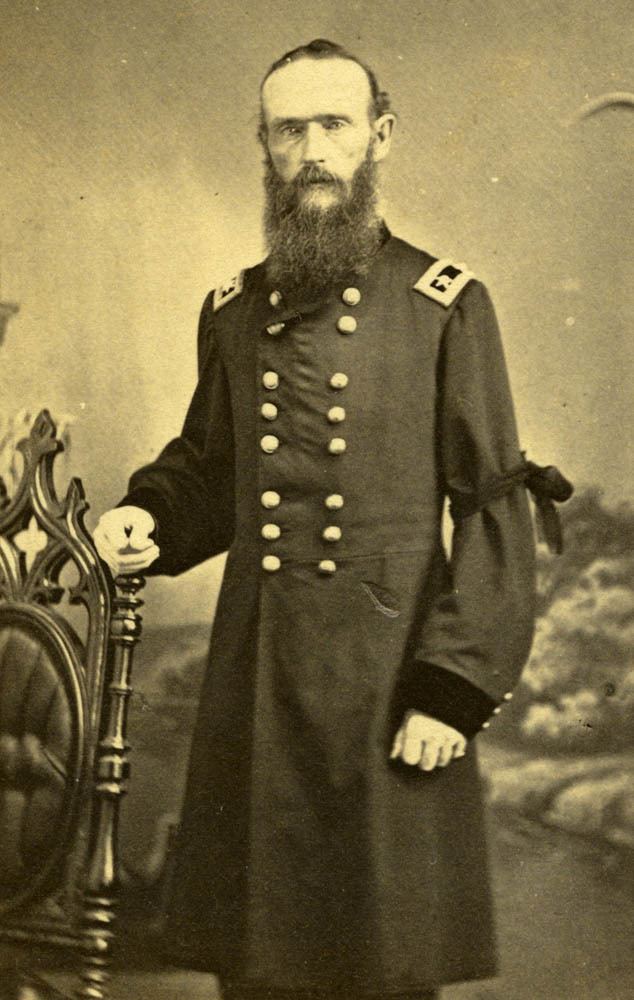 | ||
Born January 14, 1819Delhi, New York, U.S. ( 1819-01-14 ) Allegiance United States of America Battles/wars Yuma WarMexican-American WarAmerican Civil WarBattle of Wilson's CreekBattle of Chickasaw BayouBattle of Arkansas PostVicksburg CampaignCamden ExpeditionBattle of Fort Blakely Education United States Military Academy Similar People John S Marmaduke, Edmund Kirby Smith, Sterling Price, Thomas C Hindman, George Crook | ||
Frederick Steele
Frederick Steele (January 14, 1819 – January 12, 1868) was a career military officer in the United States Army, serving as a major general in the Union Army during the American Civil War. He was most noted for his successful campaign to retake much of secessionist Arkansas for the Union cause.
Contents
- Frederick Steele
- Jordie Lane Frederick Steele McNeil Ferguson Official Music Video
- Early life
- Civil War
- Postbellum career
- References
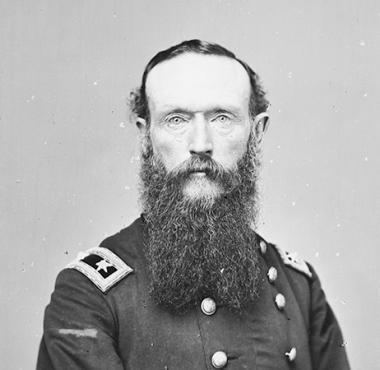
Jordie Lane - Frederick Steele McNeil Ferguson (Official Music Video)
Early life

Steele was born in Delhi, New York. He was an 1843 graduate of West Point, and later served in the Mexican-American War, where he participated in many engagements. Steele was meritoriously mentioned for distinguished bravery, and was promoted to first lieutenant in June 1848. He served in California during the Yuma War until 1853, and then principally in Minnesota Territory, Kansas Territory, and Nebraska Territory until the Civil War, receiving his captain's commission on February 5, 1855.
Civil War

On May 14, 1861, Steele was appointed major in the 11th U.S. Infantry and fought at the Battle of Wilson's Creek. On September 23, 1861, he became colonel of the 8th Iowa Infantry. On January 30, 1862, Steele was appointed brigadier general of U.S. volunteers, to rank from January 29, 1862. He commanded the District of Southeast Missouri, but following the Union victory at the Battle of Pea Ridge he took command of the 1st Division in the Army of the Southwest and briefly commanded the army from August 29 to October 7, 1862. On March 17, 1863, President Lincoln appointed Steele major general of volunteers, to rank from November 29, 1862. The President sent the nomination to the U.S. Senate on March 6, 1863 and the Senate confirmed it on March 13, 1863.
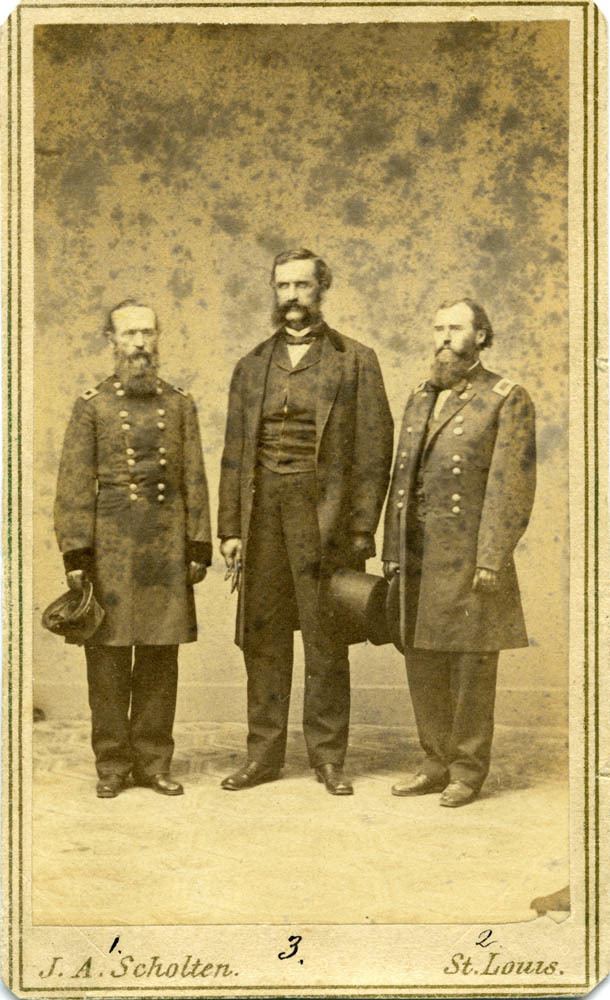
Steele's division was transferred to the Army of the Tennessee becoming the 11th Division in the XIII Corps. He fought at the Battle of Chickasaw Bayou in December 1862 and in the Battle of Arkansas Post in January 1863. His division was renamed the 1st Division in Major General William T. Sherman's XV Corps during the Siege of Vicksburg.
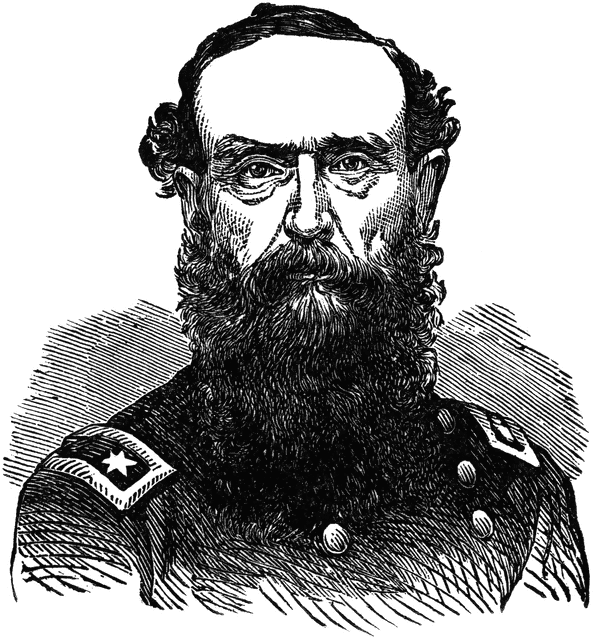
On August 26, 1863, after the fall of Vicksburg, Steele received a brevet promotion to colonel in the U.S. Army. On July 27, 1863, he was placed in command of the Army of Arkansas. His army successfully captured Confederate-held Little Rock in September 1863 and subsequently pushed official Union boundaries south through the state. He was assigned command of VII Corps in the Department of Arkansas in the Trans-Mississippi Theater, holding command from January 6, 1864, to December 22, 1864. On March 23, 1864, Steele began his march with eight thousand soldiers from Little Rock south to Arkadelphia, where he was joined by John M. Thayer, who commanded another four thousand troops. Steele then led the costly Camden Expedition, a failed attempt to join forces with Nathaniel Banks in the Red River campaign (Spring 1864), and officially rated as the greatest Federal military disaster of the Civil War in Arkansas.
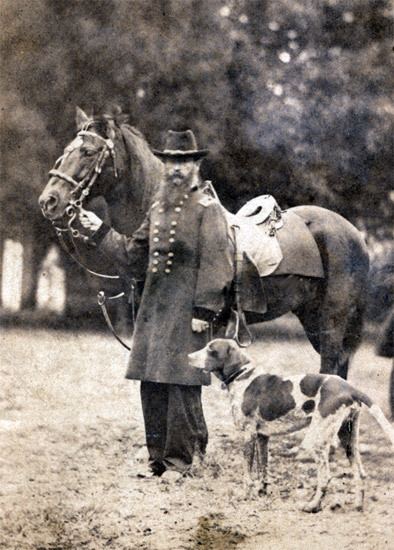
Steele led a force of African American soldiers, officially designated the "Column from Pensacola", in Major General Edward Canby's Army of West Mississippi between February 18, 1865 and May 18, 1865. His troops fought at the battles of Spanish Fort and Fort Blakely.
On April 10, 1866, President Andrew Johnson nominated Steele for appointment to the brevet rank of brigadier general in the regular army, for services in the capture of Little Rock, to rank from March 13, 1865, and the U.S. Senate confirmed the appointment on May 4, 1866. On June 30, 1866, President Andrew Johnson nominated Steele for appointment to the brevet rank of major general in the regular army, for the Siege of Vicksburg and services during the war, to rank from March 13, 1865 and the U.S. Senate confirmed the appointment on July 25, 1866.
Postbellum career
Steele was transferred to Texas in June 1865 and placed in command of United States forces along the Rio Grande. He subsequently commanded the Department of the Columbia, overseeing the Snake War. from December 1865 until November 1867. On July 28, 1866, Steele had been appointed to the permanent grade of colonel of the 20th U.S. Infantry Regiment. Meanwhile, he had been mustered out of the volunteer service on March 1, 1867.
In November 1867, Frederick Steele took a leave of absence for health reasons. He died two months later on January 12, 1868, in San Mateo, California from an injury suffered in a fall in a buggy accident caused when he suffered an apoplectic fit. He was originally buried in Lone Mountain Cemetery in San Francisco. However his remains were moved in 1912 when the city removed all its cemeteries from within the city limits. He is buried in Woodlawn Memorial Park, Colma, California.
A monument to Steele stands on the Vicksburg National Military Park.
